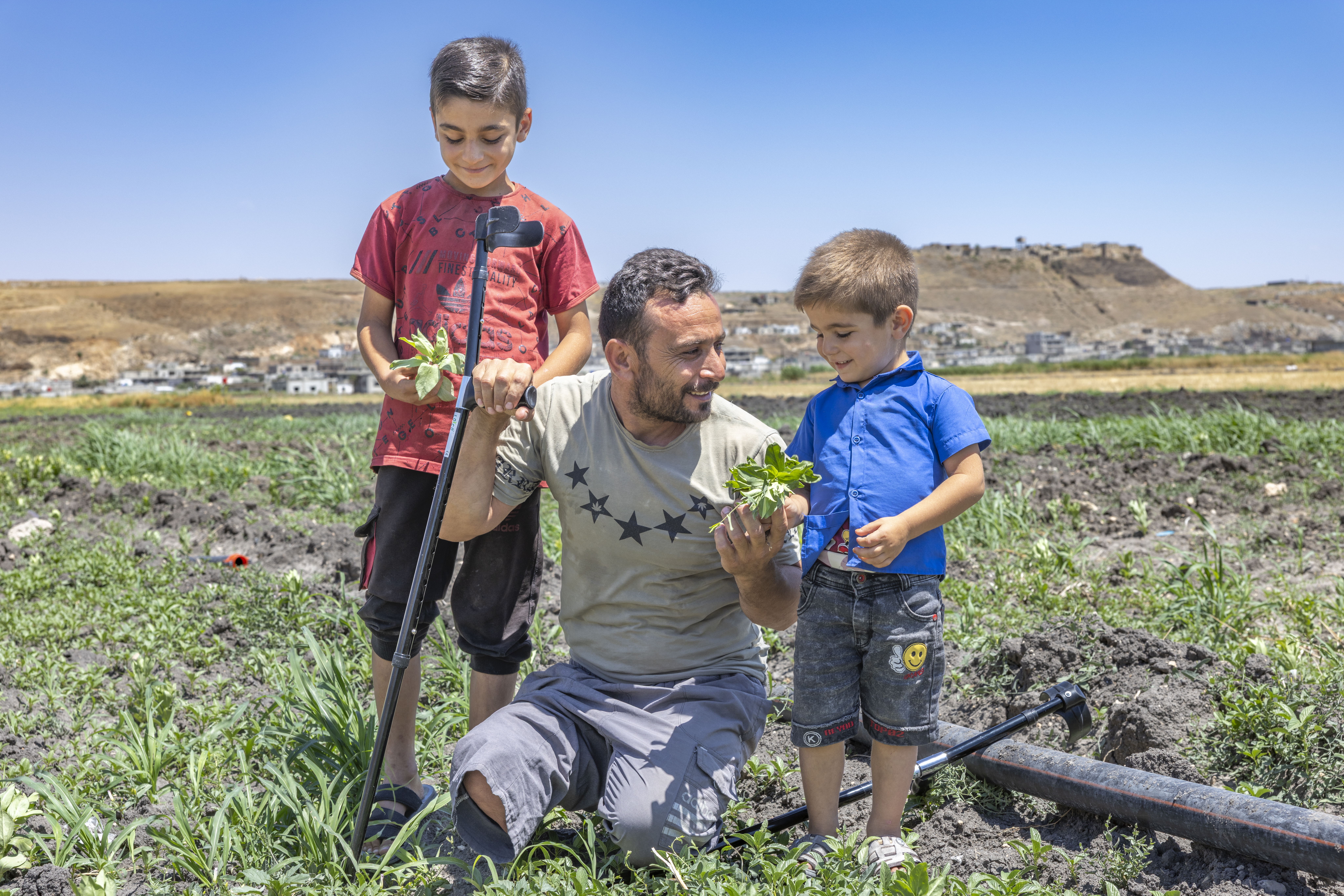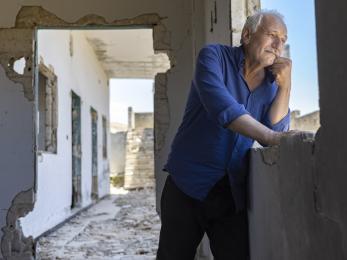"There is still a humanitarian need at an incredibly large scale": Q&A with the deputy country director for Syria
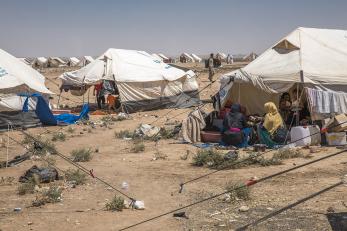
With over 11 million people displaced, more than half a million deaths and now in its eighth year, the Syrian War has resulted in the largest humanitarian crisis since World War II. Throughout much of the country, local infrastructure has been demolished and there is a widespread lack of food, water, shelter and other basic needs.
Despite these hardships, Mercy Corps is one of only a few organizations with team members and local partners working on the front lines of Syria, meeting the urgent needs of a suffering society.
Read on to learn more in this interview with our Deputy Country Director Made Ferguson, who shares his on-the-ground perspective on the current situation in Syria.
What is the situation like right now in Syria? Why are people suffering and what are the urgent needs?
Syria is going through one of the largest wars of the century. We have seen 11 million people displaced and 6.5 million people in need all over the country. Civilians, children and the most vulnerable people have been most affected by this. The Syrian war has touched and affected everyone who once had a very peaceful life.
Before the war, Syria was a very peaceful country. Once a middle-income country, most people were able to send their children to school and it had high literacy rates. The country has seen a complete turnaround since the start of the war. Millions of people have been pushed into camps, major buildings that were once standing for centuries have been reduced to rubble.
Over the past eight years of violent conflict, millions of Syrians have fled and many of them ended up in northwest Syria. Once a rural area with a small community of 1.5 million, the population has more than doubled to 4 million people. With this mass increase to the population, northwestern Syria does not have the resources to support the influx of migrating people.
Can people return to Syria and what are the challenges people face if they do decide to return to Syria?
So many people do not have homes to return to in Syria. The country has very little infrastructure, very little education and job opportunities. Many homes, schools and roads have been destroyed, and in many places, violence continues. Syria is still an active war zone.
Why aren’t people hearing about Syria in the news as much today?
People may be feeling war fatigued when reading the news every day. There are competing crises and there has been a lot of humanitarian need in 2018. The past year has been a difficult year for humanitarian needs across the world. However, there is still a humanitarian need at an incredibly large scale in Syria.
What is Mercy Corps programming like in Syria? How is Mercy Corps responding?
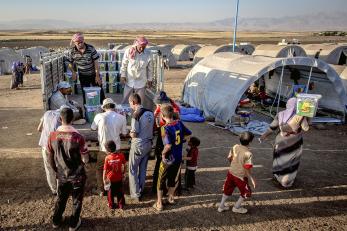
Mercy Corps is responding on the front lines of the conflict. When people are displaced, Mercy Corps is there to provide assistance. Mercy Corps supports a range of activities, from providing food and water to cash and hygiene kits. We look at families that are in a protracted situation that are not able to return to their homes. Mercy Corps facilitates the rehabilitation of water supply networks to vulnerable communities.
Mercy Corps believes that local economies will continue to operate even in the most dire situations. To both strengthen the resilience of local economies and rebuild people’s lives, Mercy Corps is also supporting people through agriculture production and vocational training.
What is the best thing about your role as Mercy Corps’ Deputy Country Director to Syria?
The best thing is the impact Mercy Corps has been able to have on people’s lives. Last year we were able to reach 1.5 million people. Through providing effective and lifesaving assistance that I know made a difference to the personal stories of the 1.5 million people.
The worst thing about your role?
All the things that we weren’t able to do, all the lives that we weren’t able to access because of restrictions and lack of resources. We know that even with the size of our portfolio, there are millions of people that are still going hungry, still sleeping without a roof over their heads, still children unable to go to school.
Ultimately the Syrian conflict is an ongoing issue, affecting thousands of lives every day. As conditions worsen, the most vulnerable communities will continue to pay the price.
How you can help
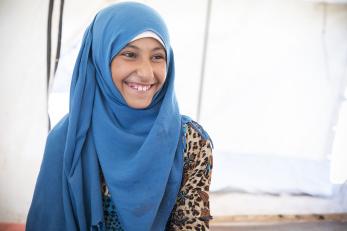
In an effort to alleviate suffering among civilians, Mercy Corps is working hard to ensure refugees have access to their basic needs. We are working on the front lines of the conflict to provide food, clean water, shelter and so much more. We are committed to supporting those affected and displaced by the Syrian war.
